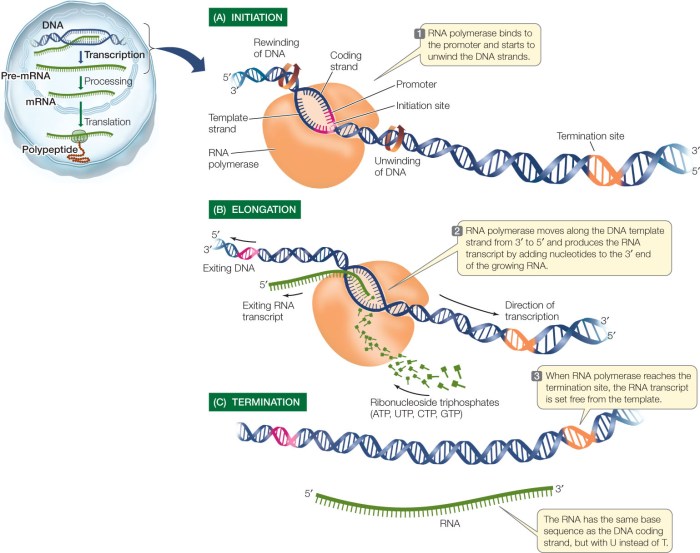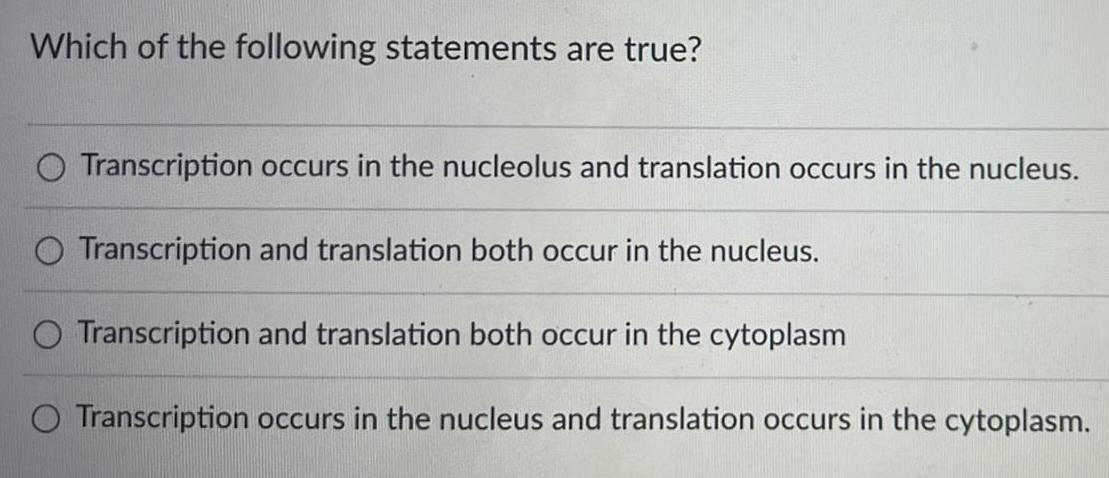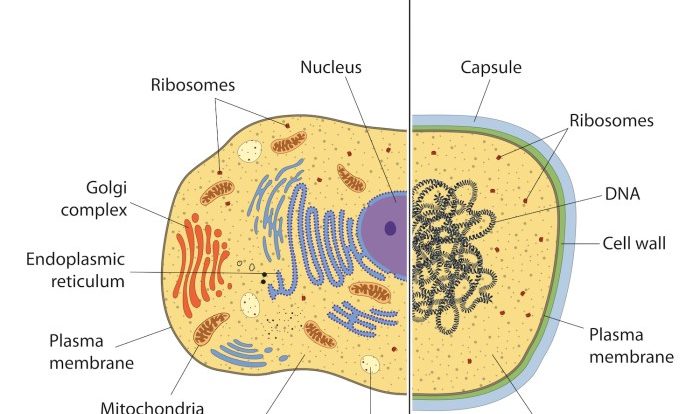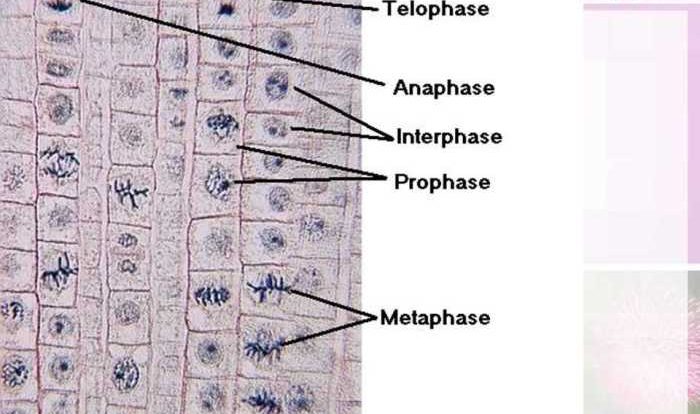Which of the following is true of transcription factors? This question opens the door to a fascinating exploration of these pivotal regulators of gene expression, unlocking the secrets of cellular processes and their implications for health and disease.
Transcription factors are the master orchestrators of genetic information, controlling the flow of genetic information from DNA to RNA. They play a critical role in cellular development, differentiation, and response to environmental cues, making them central to understanding the complexities of life.
1. Transcription Factors
An Overview
Transcription factors (TFs) are proteins that regulate gene expression by binding to specific DNA sequences and controlling the transcription of genes. They play a crucial role in cellular processes, including development, differentiation, and response to environmental stimuli.
TFs recognize and bind to specific DNA sequences called promoter regions, which are located upstream of genes. Once bound, they can either activate or repress transcription by recruiting or blocking the RNA polymerase complex, respectively.
2. Structure and Function of Transcription Factors

TFs typically consist of two main structural domains:
- DNA-binding domain:Recognizes and binds to specific DNA sequences.
- Activation/repression domain:Interacts with other proteins to activate or repress transcription.
The DNA-binding domain is highly specific and determines the target genes of a TF. The activation/repression domain can interact with coactivators or corepressors, which are proteins that enhance or inhibit transcription, respectively.
3. Classification of Transcription Factors

| Class | Examples | Characteristics | Functions |
|---|---|---|---|
| Basal transcription factors | TFIID, TFIIB | Essential for basal transcription | Bind to core promoter elements |
| Regulated transcription factors | c-Myc, p53 | Respond to specific stimuli | Control gene expression in response to environmental cues |
| Tissue-specific transcription factors | Oct-4, Sox2 | Expressed in specific tissues | Control development and differentiation |
| Ligand-activated transcription factors | ER, PR | Bind to specific ligands | Control gene expression in response to hormones |
4. Mechanisms of Transcription Factor Action

TFs regulate transcription through several mechanisms:
- Direct binding:TFs bind directly to DNA and recruit the RNA polymerase complex.
- Coactivator/corepressor recruitment:TFs interact with coactivators or corepressors, which bridge the gap between TFs and the RNA polymerase complex.
- Chromatin remodeling:TFs can recruit chromatin remodeling complexes that alter the structure of chromatin, making it more accessible to the RNA polymerase complex.
5. Regulation of Transcription Factor Activity
TF activity is regulated by various mechanisms, including:
- Post-translational modifications:Phosphorylation, acetylation, and methylation can alter TF activity.
- Protein-protein interactions:TFs interact with other proteins, including corepressors and coactivators, to modulate their activity.
- Signaling pathways:TF activity can be regulated by signaling pathways, such as the MAPK and Wnt pathways.
6. Transcription Factors in Disease: Which Of The Following Is True Of Transcription Factors
Dysregulation of TFs can lead to various diseases:
- Cancer:Mutations in TFs can lead to uncontrolled cell growth and proliferation.
- Neurodegenerative diseases:Mutations in TFs can cause neuronal dysfunction and death.
- Developmental disorders:Mutations in TFs can disrupt embryonic development.
Targeting TFs for therapeutic purposes is an active area of research.
Detailed FAQs
What is the primary function of transcription factors?
Transcription factors regulate gene expression by binding to specific DNA sequences and controlling the initiation of transcription.
How do transcription factors recognize their target DNA sequences?
Transcription factors contain DNA-binding domains that recognize and bind to specific nucleotide sequences in the DNA.
Can transcription factors activate or repress gene expression?
Yes, transcription factors can both activate and repress gene expression by interacting with coactivators or corepressors, respectively.
How are transcription factors regulated?
Transcription factors are regulated by various mechanisms, including post-translational modifications, protein-protein interactions, and signaling pathways.

